The Lone Ranger wasn’t just a masked hero galloping across the Wild West—he was the foundation of an entire genre that captured America’s imagination. Long before cowboys became TV staples, this daring lawman and his trusted companion, Tonto, set the standard for action-packed westerns. Whether through radio waves, comic book pages, or the silver screen, The Lone Ranger left an indelible mark on pop culture that still lingers today.
But beyond the “Hi-Yo Silver!” calls and dramatic horseback chases, there are plenty of wild facts and unexpected twists to this iconic series’ history. Did you know The Lone Ranger was almost entirely a mystery to his own fans? Or that an opera overture became forever linked to cowboy adventure? Dust off your boots and saddle up as we explore some of the most surprising facts about The Lone Ranger.
1. The Lone Ranger Started on Radio Before Taking Over TV
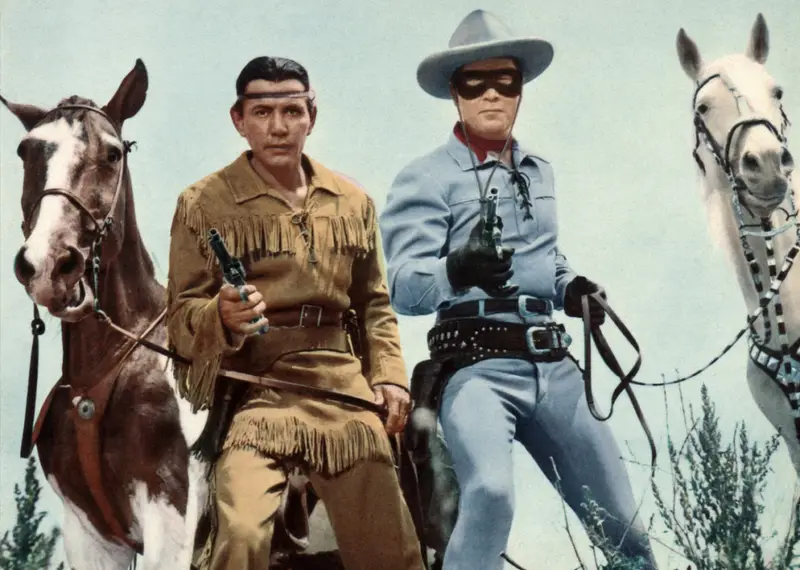
Before The Lone Ranger rode onto TV screens, his adventures were first heard on the radio. The series premiered on WXYZ Detroit in 1933, created by station owner George W. Trendle and writer Fran Striker. It was an instant hit, introducing audiences to the masked vigilante and his faithful companion, Tonto. For nearly two decades, families across America gathered around their radios to hear the Lone Ranger uphold justice with his silver bullets and unbreakable moral code.
The show’s popularity led to an expansion into other media. Striker wrote an entire series of Lone Ranger books, and the character got his own comic book series, further solidifying his place in pop culture. Then came the big leap—television. In 1949, the TV show premiered, starring Clayton Moore as the Lone Ranger and Jay Silverheels as Tonto. Running for 221 episodes over eight years, it turned the Lone Ranger into a cultural phenomenon, giving fans a face to the voice they had followed for years.
2. The Voice Behind The Lone Ranger Was a Mystery
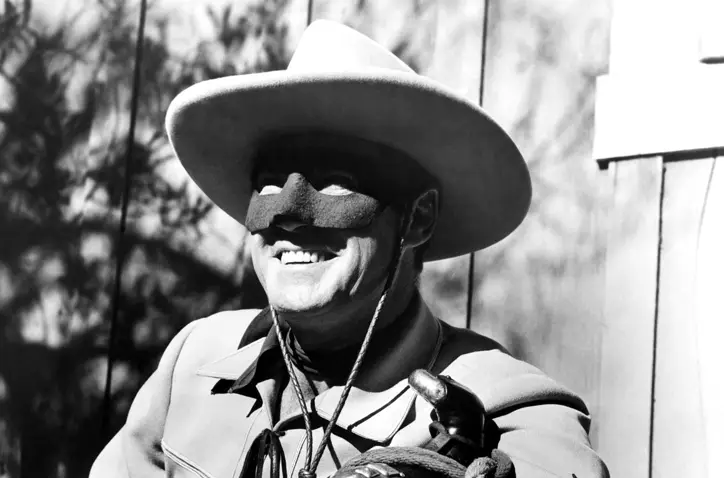
On the radio, several actors played the Lone Ranger, but one voice reigned supreme: Earle Graser. From 1933 to 1941, Graser delivered the famous “Hi-Yo Silver!” cry across more than 1,300 episodes. However, he had to remain completely anonymous. The show’s creators wanted the Lone Ranger to be an enigma, meaning Graser couldn’t publicly claim credit for the role.
This secrecy led to a humorous moment when Graser entered a nightclub contest to see who could deliver the best “Hi-Yo Silver!” impersonation. He lost. That’s right—the actual voice of the Lone Ranger wasn’t even recognized as the real deal in a room full of people trying to mimic him.
3. The Lone Ranger Paved the Way for TV Westerns
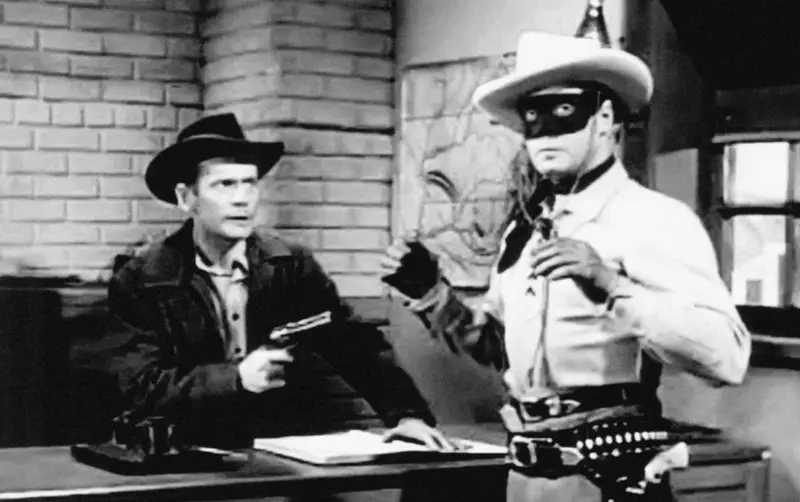
While Hopalong Cassidy is often credited as the first TV western, that show mostly repurposed older film footage. The Lone Ranger, which premiered in 1949, was the first truly original long-running western series. It laid the groundwork for future classics like Gunsmoke, Bonanza, The Rifleman, and Maverick, proving that the Wild West had a permanent place on television.
Before The Lone Ranger, Hollywood westerns were mostly confined to movie theaters and Saturday morning serials. But with TV sets becoming household staples, The Lone Ranger helped turn westerns into prime-time entertainment. Throughout the 1950s and 1960s, westerns dominated television, and it all started with a masked man on a white horse.
4. The Lone Ranger Was Honored by the U.S. Postal Service
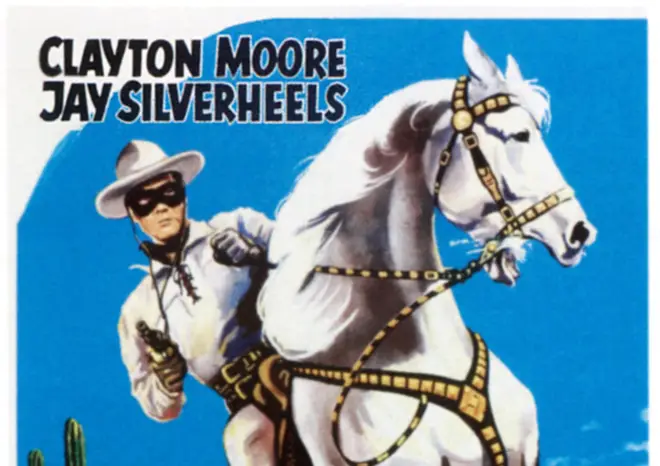
In 2009, the U.S. Postal Service released a commemorative stamp series celebrating classic TV shows. Naturally, The Lone Ranger was among them. The stamp featured Clayton Moore in full costume, alongside his trusted horse, Silver. Other TV icons included in the collection were Lassie, The Twilight Zone, I Love Lucy, and The Tonight Show.
The fact that The Lone Ranger was included in such a prestigious collection proves just how deeply ingrained the character was in American culture. He wasn’t just a fictional hero—he was a symbol of justice, loyalty, and adventure, making him worthy of official recognition alongside some of television’s biggest legends.
5. The Meaning Behind “Kemosabe”
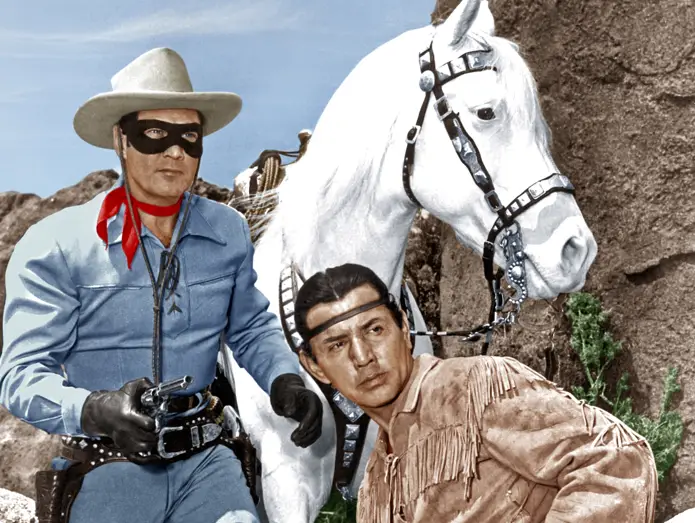
Tonto’s famous nickname for the Lone Ranger—“Kemosabe”—was more than just a catchy phrase. It originated from the Potawatomi language, roughly translating to “trusted scout” or “faithful friend.” However, behind the scenes, the term had a more personal connection.
Radio director Jim Jewell borrowed the term from Kamp Kee-Mo Sah-Bee, a summer camp near Mullett Lake, Michigan. The camp was run by Jewell’s father-in-law, and the name stuck. Over time, “Kemosabe” became one of the most recognizable catchphrases in television history, cementing the bond between the Lone Ranger and Tonto.
6. The Iconic “Hi-Yo Silver!” Catchphrase Was a Happy Accident
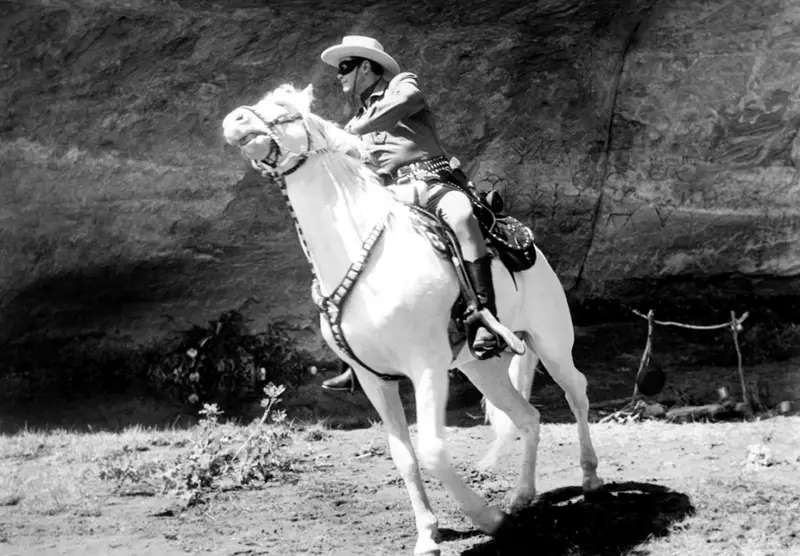
The phrase “Hi-Yo Silver! Away!” is forever linked to The Lone Ranger, but it only exists because of a quirk in the actor’s abilities. When the show was first being recorded, the Lone Ranger was supposed to whistle for Silver, his horse. However, early voice actor George Seaton struggled to produce a good whistle, so instead, he shouted the phrase we all recognize today.
The decision turned out to be a stroke of genius. The phrase became an instant audio cue for action, helping radio listeners picture the Lone Ranger charging into danger. Once the show moved to TV, Clayton Moore fully embraced the catchphrase, making it a defining part of the character’s legacy.
7. The Lone Ranger Had a Strict Moral Code

Unlike modern anti-heroes, the Lone Ranger was designed to be a flawless role model. Writers followed a strict moral code, ensuring the Lone Ranger never drank, never smoked, and only used violence when absolutely necessary.
Even his costume had symbolism. His mask was made from his late brother’s vest, reminding him of the tragic event that led him to become a ranger. His silver bullets weren’t just cool—they represented the value of life. By using expensive silver instead of regular bullets, the show emphasized that every shot should be taken seriously, never in anger or recklessness.
8. Tonto’s Name Was Changed in Spanish-Speaking Countries
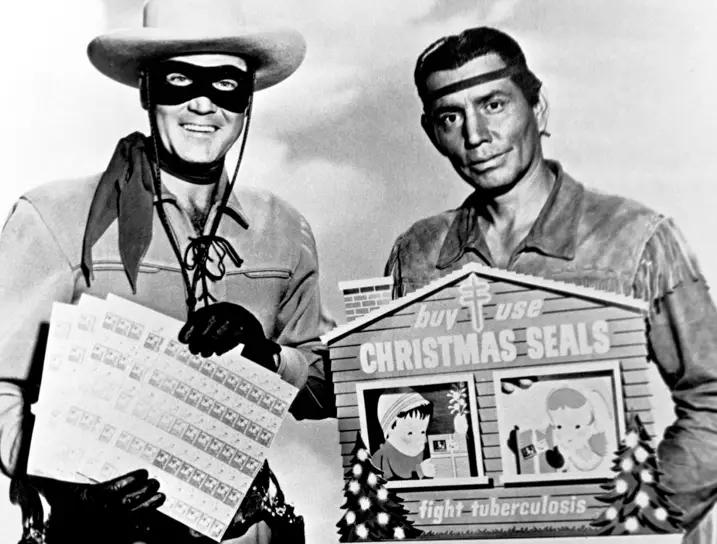
In Spanish, “Tonto” translates to “stupid” or “fool,” which wasn’t exactly flattering for the Lone Ranger’s loyal companion. As a result, Spanish-language dubs renamed him “Toro,” which means “bull.” The new name gave him a stronger, more powerful presence, making him seem like a warrior rather than a sidekick.
While the name “Tonto” remained in English-speaking countries, the Spanish change reflects how translations sometimes reshape a character’s identity. The Lone Ranger may have been the show’s title character, but Tonto’s impact was equally significant.
9. The Lone Ranger’s Theme Music Came from an Opera
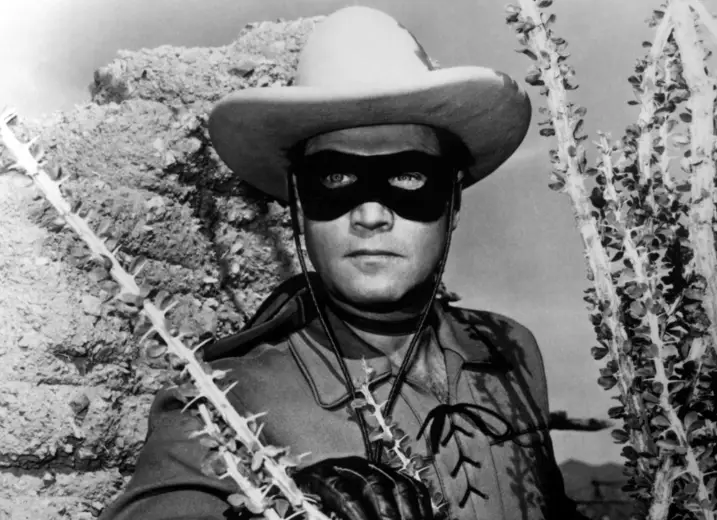
The famous William Tell Overture, composed by Gioachino Rossini in 1829, became synonymous with The Lone Ranger. Originally written for a Swiss opera, the piece was later adopted as the show’s official theme song, providing a dramatic, fast-paced energy that fit perfectly with the character’s heroic rides.
The connection between The Lone Ranger and this classical masterpiece was so strong that it completely changed how people viewed the music. Today, it’s nearly impossible to hear the William Tell Overture without picturing a cowboy galloping through the frontier.
10. The Lone Ranger Spanned Every Entertainment Medium
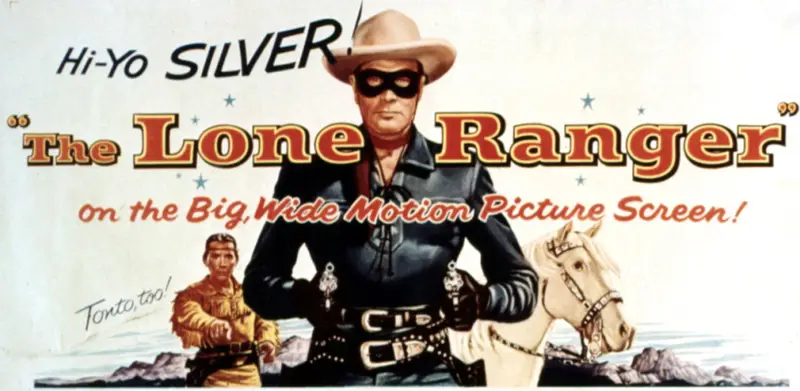
Few characters have had the multi-platform success of The Lone Ranger. He started on radio, then moved to television. He appeared in comic books, novels, and movies, with the original Dell Comics releasing 145 issues. The character even had a 1991 Lone Ranger video game.
From black-and-white episodes to modern adaptations, The Lone Ranger has transcended generations, proving that classic heroes never truly fade away. His legacy may have started in the 1930s, but his adventures are still remembered today, making him one of the most enduring figures in pop culture history.


